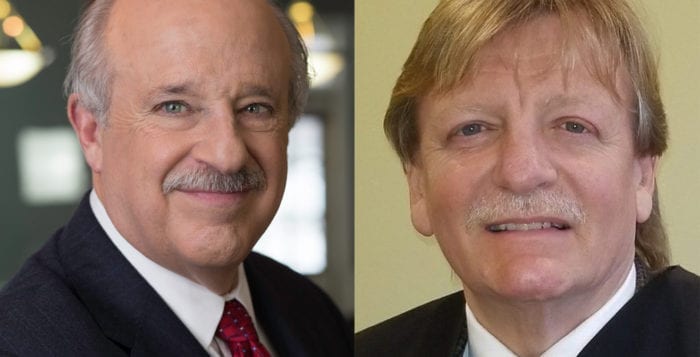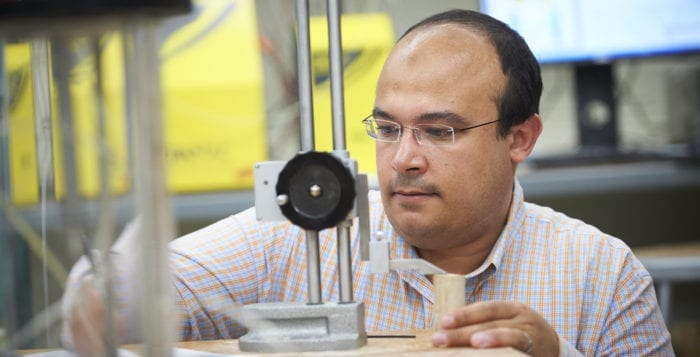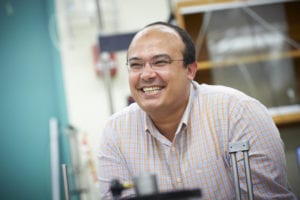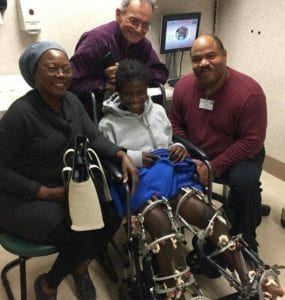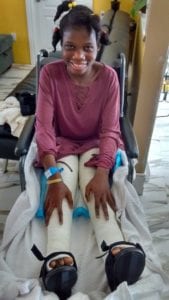By Herb Herman
Insurance companies recognize that a defensive driving course will make for better automobile drivers. So why not a defensive boating course for the New York State boating community? Perhaps marine insurance companies will give boaters a break in the same way that they discount premiums for drivers who take defensive automobile driving courses. The states of Florida and Kentucky already have such courses, which give the same benefits as defensive driving courses.
We all know that pleasure boating can be great fun, as well as dangerous. In many ways, boating is comparable to driving. Both boats and cars require that the driver pay keen attention and have a strong sense of “situational awareness.” In both cases, we should be cognizant of our surroundings, and to other cars or other boats.
Boating Courses
U.S. Coast Guard Auxiliary: Local flotillas offer a variety of safety classes, including basic/introductory boating courses and safety courses, navigation, sailing and personal watercraft safety, among others. The Port Jefferson flotilla offers a range of boating safety courses
U.S. Power Squadron: Offers a wide range of boating courses.
American Boat Operators’ Course: Offers online boating safety courses with online certification tests for a number of states.
Boat/U.S. Foundation Courseline: The Courseline is a searchable database of current boating safety courses around the nation.
BoaterExam.com: Offers online boating safety courses with online certification tests for a number of states.
Boatsafe: Offers an online Basic Boating Certification Course approved by the National Association of State Boating Law Administrators, and a Coastal Navigation Course.
PWC Safety School: Offers online courses and certification for PWC operators in several states
State Courses: Many states offer boating safety courses. The National Association of State Boating Law Administrators’ online Directory provides contact information for state boating agencies.
To contact the Port Jefferson Flotilla about boating courses, use the following for a prompt reply: [email protected]. Our voicemail number is 631-938-1705.
In fact, it can be argued that pedestrians for cars are analogous to paddle boaters for powerboat drivers. In boating as in driving there are “rules of the road,” the breaking of which can lead to vehicle damage and in the worst cases loss of life. We have air bags and personal floatation devices. There are Very High Frequency radios for boats and cars have horns. Driving under the influence clearly applies to both driving cars and piloting boats: the practice is dangerous and the penalties can be severe. It is becoming more common to read about high speed boats crashing into other boats or breakwaters, where a driver is “boating under the influence.” Texting while driving is particularly dangerous, whether in a car going 30 mph or in a speed boat flying through the water at 30 mph.
But the analogy fails when we compare road maps to nautical charts. While road maps restrict us to clearly narrow paths of driving, charts for boats allow “freedom of expression” on the part of the boat driver. On the other hand, there are limits for boaters as well, being greeted with signs indicating “no wake,” and on charts indicating rocks, wrecks, buoys, marked swim areas, etc. In fog, one drives cars slower and puts on fog lights, where-as, on the water radar is used together with a bell or horn while carefully listening for other boats.
Defensive boaters generally adhere to “rules of the road” and International Maritime Organization’s COLREGS, or Conventions on the International Regulations for Preventing Collisions at Sea, established in 1972. These rules are very real regulations promulgated by the United States Coast Guard, which must be observed by both pleasure boaters and professional captains. These rules refer to collision avoidance regulations, which are considered to have legal basis just as automobile traffic laws determine right and wrong in courts of law. To obtain a captain’s license you must know these regulations by heart; they are the traffic laws on the water, whether on a river, lake or at sea.
Boating accidents occur too commonly, making one wonder why licensing is not required of boaters. More recently, in fact, minimum operational documentation is required for boaters, whether using a stand-up paddle or piloting a 60-foot yacht. Courses do exist, and most states demand some knowledge of the nautical rules. A variety of organizations offer certified courses. For example, the USCG Auxiliary Port Jefferson Flotilla offers a range of study programs, including “America’s Boating Course” and “Suddenly in Command,” aimed at a passenger should the vessel operator become disabled.
Herb Herman is the Flotilla Staff Public Affairs Officer for the 1st Southern District of the U.S. Coast Guard Auxillary.
The boating regulations for New York State include the following:
Effective May 1, 2014: All individuals born on or after May 1, 1996, are now required to successfully complete an approved course in boater education in order to operate a motorboat. Approved courses include those offered by NYS Parks, the U.S. Coast Guard Auxiliary or the U.S. Power Squadron. Individuals less than 10 years of age may not take this course of instruction. Certain allowances to this law have been made for visitors to New York, persons renting a boat from a livery and persons purchasing a new boat for the first time.
Life Jacket Law for Children Under 12: Any youth under the age of 12 on boats 65 feet or less in length must wear securely fastened U.S. Coast Guard approved personal floatation device of appropriate size. It does not apply if the youth is in a fully-enclosed cabin.
Cold Weather Boaters – Personal Flotation Device Laws: Anyone underway in a boat less than 21 feet in length anytime between November 1 and May 1 must wear a securely fastened life jacket. This includes paddle boats and motorboats.

Personal Watercraft operators must:
- Wear a U.S. Coast Guard PFD
- Carry a U.S. Coast Guard approved visual distress signal
- Carry a sound signaling device capable of a two second blast, audible at least 1/2 mile
- Engine Cutoff if so equipped must be functional and attached to the rider.
Personal Watercraft operators may not:
- Operate a PWC under the age of 14
- Operate in excess of 5 mph within 100 feet of shore, a dock, float or anchored boat
- Operate within 500 feet of a marked swim area
- Operate between sunset and sunrise
- Operate in a reckless manner and carrying more passengers than is recommend by the manufacturer
Mandatory Education Requirements for PWC operators: New York requires that anyone operating a personal watercraft complete an approved course in boating safety or otherwise be accompanied, on board, by someone 18 years of age or older who is the holder of an approved boating safety certificate. Certificates are required to be carried at all times when operating the personal watercraft.
Water Skiing: On the navigable waters of NYS, any vessel towing a water skier, parasail, or other similar device must have on board, in addition to the operator, an observer who is specifically charged with watching out for the person towed. The observer must be at least 10 years of age. Waterskiing and similar towed activities are limited to the hours between sunrise and sunset, provided that visibility is not reduced. Anyone towed by a vessel must wear a securely fastened U.S. Coast Guard approved PFD. This includes those on water skis, inner tubes, parasails, inflatable devices, to name a few. The preferred PFD for these activities is the type III special purpose device as it is impact rated, form fitting, and generally affords better visibility for the skier. Remember the skier is considered a passenger and is to be counted against the maximum passengers allowed. Exceeding that number can be considered reckless operation.










